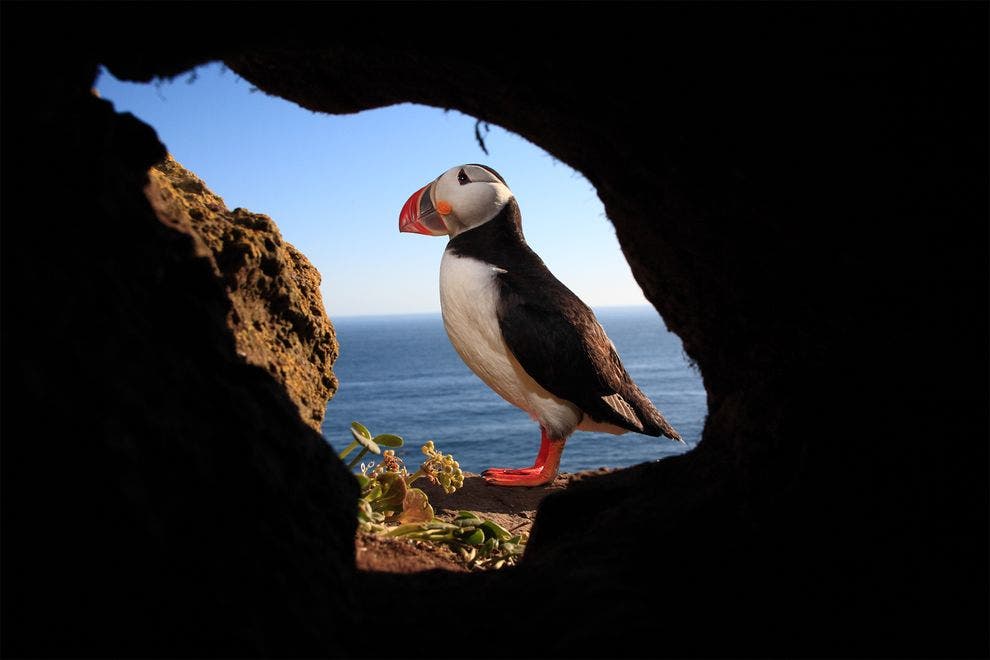
Atlantic puffins live in cliffs along the Atlantic during summer time. Their colonies have been steadily vanishing. Photo: CYRIL RUOSO, MINDEN PICTURES/CORBIS
From the tropics to the poles, bird populations all over the world are facing a sharp decline, cornered by climate change and exposure to man-made biochemicals, namely pesticides. According to to BirdLife International, one in eight species (more than 1,300 species) of birds are under serious threat of becoming extinct. The list includes iconic birds of pray and song like eagles, vultures, swifts or swallows, but also seabirds like sandpipers, pelicans or storks.
More than 1,300 birds species threatened
Much of this decline is driven by loss of habitat; places like marshes, rivers, forests, and plains, which have been overrun by agriculture and urbanization. Many of the diminishing birds tell a different story, though – one of poison and the specters of an old age that still lingers in their guts.
Perhaps the most influential environmental book ever written is the 1962 published Silent Spring by Rachel Carson. Her book investigates the effects of the pesticide DDT has on birds of prey and songbirds, and links the dwindling populations back to humans. It was a huge hit whose ripples disturbed a massive billion dollar industry and touched the hearts of millions. DDT has since been banned in the 1970s, as well as polychlorinated biphenyls (PCBs) which killed the top 16 or 17 bird predators of The Great Lakes.
The story’s far from over though. A recent study reported that birds of prey in South Carolina still carry as much DDT and other legacy pesticides in their bodies as they did before such chemicals were banned in the 1970s, “suggesting exposure has not declined substantially over the past 40 years.”
Researchers are now trying to find where birds are picking up such contaminants, but since one in five birds are migratory this isn’t an easy job. To make things worse, there’s a new range of pesticides and biochemicals that birds come in contact with from the food chain – neonics from insects, rat-poisons and even perfluorinated compounds, or PFCs, used to manufacture such substances as Teflon and stain-resistant coatings.
It’s becoming clear that the world’s birds are under some serious threats, but if some people don’t have the eyes to look up, they might as well look down upon themselves for a wake up call. In the old age, miners would throw canaries down coal mines to check for poisonous fumes and gases. Today, the canaries have been replaced by virtually all birds species and the coal mine is the freaking whole world. This analogy tells us that humans must not, for their health’s sake at least, remain oblivious to the fate of birds. Humans might not eat insects (not all of them at least), but they do eat some of the foods birds under threat consume as well.
For instance, studies suggest that some biochemicals can alter human hormones, with pregnant women being most vulnerable. Other studies suggest a link between endocrine disruptors that have been plaguing birds and greater risk of prostate and breast cancers and other diseases. So, if society cares little for birds, it should at least take a hint from above – for everyone’s sake.
In the past five century, humans have driven to extinction some 150 species of birds, including the dodo and the wild or passenger pigeon which once flocked in the hundreds of millions. According to Duke University biologist Stuart Pimm the bird extinction rate might grow to be ten times higher by the end of this century.









